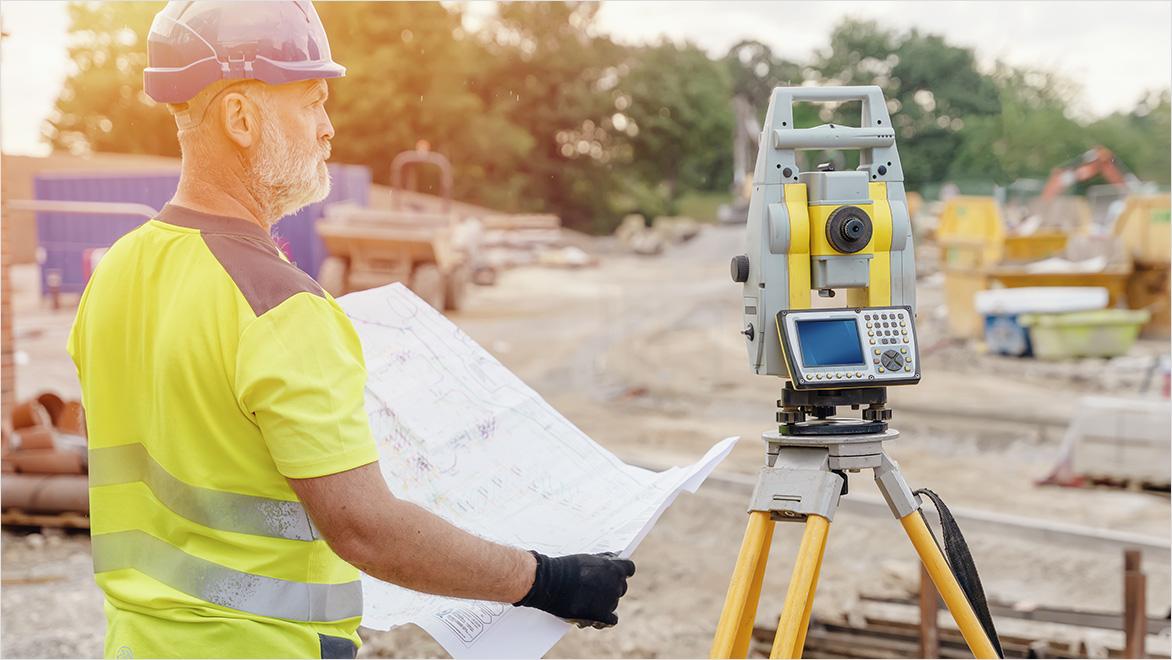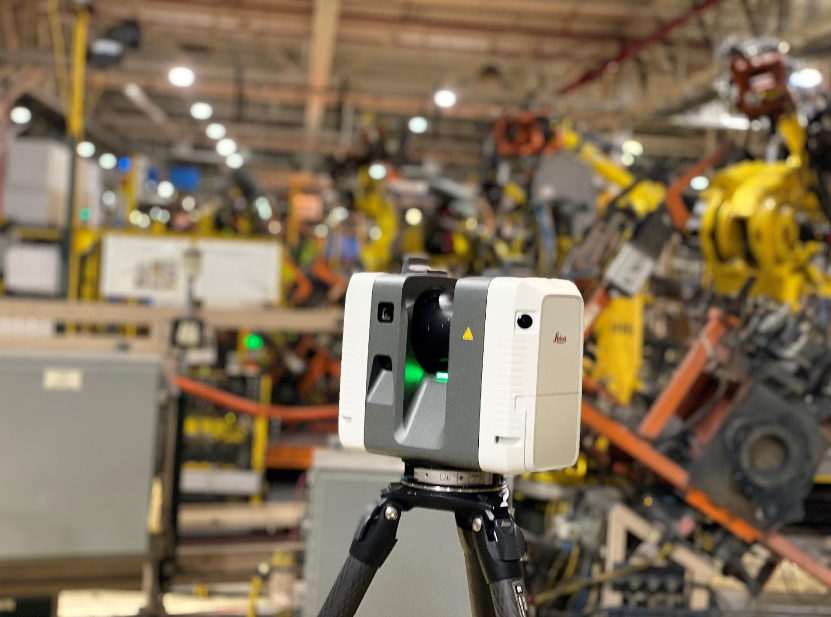Enhancing Production Processes: The Effect of 3D Laser Scanning on Quality Control
3D laser scanning modern technology is transforming quality control in manufacturing. By offering accurate measurements and high-resolution data, it makes it possible for manufacturers to determine inconsistencies from specifications effortlessly. This development not only streamlines inspection procedures yet additionally enhances operational efficiency. 3D Scanning. However, the implementation of this modern technology features its very own set of challenges. Checking out these aspects reveals the more comprehensive ramifications for industries and the future landscape of manufacturing

Understanding 3D Laser Scanning Innovation
3D laser scanning technology has actually developed significantly in current years, its basic concept remains straightforward: capturing the accurate geometry of items using laser light beams. This innovation utilizes laser light to gauge ranges in between the scanner and numerous factors on an object's surface. The information gathered is after that refined to produce a detailed 3D version, accurately reflecting the dimensions and contours of the scanned object.
Usually, 3D laser scanners can be categorized right into 2 primary kinds: get in touch with and non-contact scanners. Get in touch with scanners physically touch the object to gather measurements, whereas non-contact scanners use laser light beams to catch information from a distance. The flexibility of this technology allows its application across various sectors, consisting of architecture, manufacturing, and building and construction. Its ability to create high-resolution versions helps with quality assurance, reverse engineering, and rapid prototyping, ultimately enhancing layout precision and effectiveness in manufacturing procedures.
Advantages of 3D Laser Scanning in Manufacturing
As manufacturers look for to improve effectiveness and precision in their processes, the benefits of 3D laser scanning have become increasingly apparent. This innovative technology enables for very exact and fast measurements of complicated geometries, substantially reducing the time required for high quality checks. By recording comprehensive information, producers can identify disparities early in the manufacturing procedure, thus minimizing waste and remodel prices.
3D laser scanning helps with better design validation, making it possible for designers to contrast as-built conditions with original specs. This capacity ensures that any kind of deviations are immediately attended to, boosting general item high quality. On top of that, the innovation sustains the production of digital twins, which can be made use of for simulations and process optimizations. As a result, producers not only increase their functional performance yet additionally improve their affordable benefit in the market. On the whole, the combination of 3D laser scanning stands for a transformative action towards accomplishing higher standards in manufacturing high quality control.
Combination of 3D Laser Scanning Into High Quality Control
Incorporating 3D laser scanning right into quality assurance procedures boosts the accuracy and efficiency of evaluations throughout manufacturing. This innovation allows producers to capture in-depth, high-resolution information of assemblies and components, permitting exact measurements and contrasts versus design specifications. By employing 3D laser scanning, companies can recognize inconsistencies from tolerances better, which is crucial for keeping item stability.

Real-World Applications and Situation Research Studies
Real-world applications of 3D laser scanning in producing show its transformative effect across different markets. Aerospace business utilize this modern technology to conduct precise evaluations of parts, guaranteeing they satisfy strict safety standards. A remarkable instance included a leading aircraft manufacturer that used 3D laser scanning to enhance its top quality control procedures, significantly decreasing inspection times and mistakes.
In the vehicle industry, makers have applied laser scanning to create electronic twins of their lorries, allowing real-time adjustments during production. One auto firm reported a 30% decrease in rework expenses after integrating this modern technology into their setting up lines.
In the customer goods sector, firms are utilizing 3D laser scanning for rapid prototyping, permitting for quicker versions and enhanced item designs. These applications highlight how 3D laser scanning not just enhances accuracy however additionally enhances performance and development throughout multiple manufacturing domain names.
Overcoming Difficulties in Implementation
Carrying out 3D laser scanning in manufacturing presents a number of obstacles that companies should browse to totally realize its benefits. One substantial difficulty is the preliminary cost of equipment and software, which can deter business from embracing this technology. Additionally, integrating 3D laser scanning into existing process needs getting over resistance to change among employees, requiring thorough training programs to guarantee proficiency. Data administration additionally poses a challenge, as the high volume of information generated by 3D scanning should be successfully refined and examined to obtain workable understandings. Compatibility issues with legacy systems might hinder seamless integration, demanding potential upgrades or modifications. Addressing these challenges is necessary for manufacturers aiming to boost quality assurance and maximize manufacturing procedures. By creating clear approaches for training, financial investment, and data monitoring, companies can mitigate these obstacles and launch the transformative capacity of 3D laser scanning in their procedures.
Future Fads in 3D Laser Scanning for Production
As making remains to develop, the integration of 3D laser scanning with raised automation is anticipated to transform manufacturing procedures. Enhanced information analytics will play a vital duty in improving and optimizing workflows quality control. These trends highlight the potential for greater efficiency and precision in manufacturing settings.

Enhanced Automation Assimilation
Although the combination of automation in production has actually been gradual, the future of 3D laser scanning is positioned to increase this trend substantially. As producing procedures come to be increasingly complex, the demand for exact, real-time dimensions expands. 3D laser scanning modern technology uses automated information capture, decreasing labor prices and decreasing human error. This combination permits manufacturers to streamline quality assurance processes, making it possible for quick discovery of discrepancies in production. In addition, the alignment of 3D laser scanning with robotics and automated systems facilitates seamless operations, improving total efficiency. As suppliers adopt these advanced technologies, they check out here can expect enhanced accuracy and productivity, positioning themselves competitively in a swiftly developing market. The harmony in between automation and 3D laser scanning notes a significant leap ahead in manufacturing technology.
Enhanced Information Analytics
The combination of click to read automation has actually led the method for innovations in data analytics within the domain name of 3D laser scanning. Suppliers are increasingly leveraging innovative formulas and device knowing methods to examine large datasets generated by laser scans. This boosted information analytics capability enables real-time tracking of making processes, making it possible for the identification of deviations and problems better than standard approaches. Anticipating analytics can anticipate potential issues, greatly lowering downtime and improving overall performance. The ability to visualize data in three dimensions offers deeper understandings into manufacturing operations, fostering much better decision-making. As 3D laser scanning technology continues to develop, the role of data analytics will become progressively crucial in driving innovation and keeping competitive advantage in production.
Frequently Asked Concerns
What Industries Advantage the A Lot Of From 3D Laser Scanning?
The industries that profit most from 3D laser scanning include manufacturing, construction, aerospace, automobile, and medical care. These industries utilize the technology for precision dimensions, quality control, and effective design processes, considerably boosting general functional effectiveness.
Just How Does 3D Laser Scanning Compare to Conventional Dimension Techniques?
3D laser scanning supplies greater precision and rate compared to standard dimension methods. It records thorough geometries promptly, reducing human mistake and helping with much better evaluation, which inevitably enhances overall quality assurance in numerous markets.
What Is the Expense of Applying 3D Laser Scanning Innovation?
The price of applying 3D laser scanning modern technology differs significantly, typically varying from $10,000 to $100,000, depending on training, equipment, and software program. Organizations should evaluate these expenses against prospective efficiency and top quality renovations.
Are There Particular Software Application Requirements for 3D Laser Scanning?
Yes, 3D laser scanning requires specific software, consisting of data handling and modeling applications. Common choices incorporate CAD software application, point cloud processing tools, and specialized applications that assist in the combination and analysis of checked click this site information for suitable outcomes.
For how long Does a Normal 3D Laser Scanning Process Take?
A normal 3D laser scanning process can take anywhere from a few mins to numerous hours, depending on factors like the size of the item, intricacy of the environment, and required level of information for precision.
3D laser scanning modern technology is changing quality control in manufacturing. 3D laser scanning modern technology has actually progressed significantly in current years, its fundamental concept stays uncomplicated: capturing the accurate geometry of objects making use of laser light beams. Integrating 3D laser scanning right into top quality control processes boosts the accuracy and performance of inspections throughout manufacturing (3D Scanning). 3D laser scanning modern technology offers automated data capture, decreasing labor prices and decreasing human mistake. The cost of implementing 3D laser scanning modern technology differs significantly, typically ranging from $10,000 to $100,000, depending on devices, software application, and training